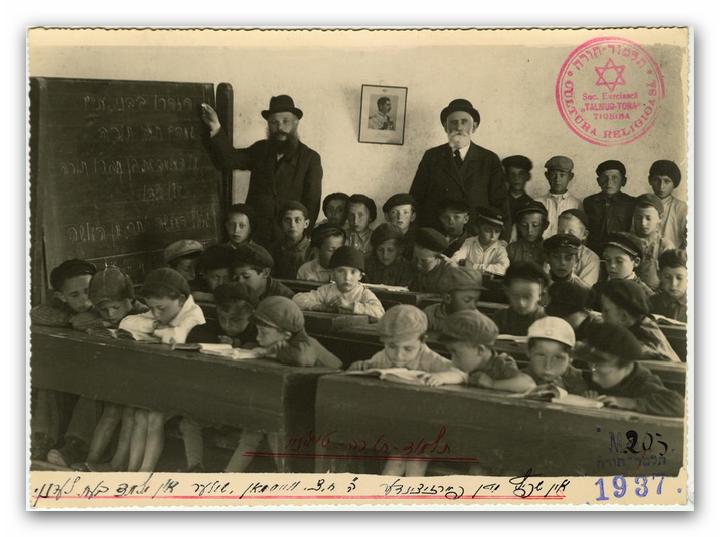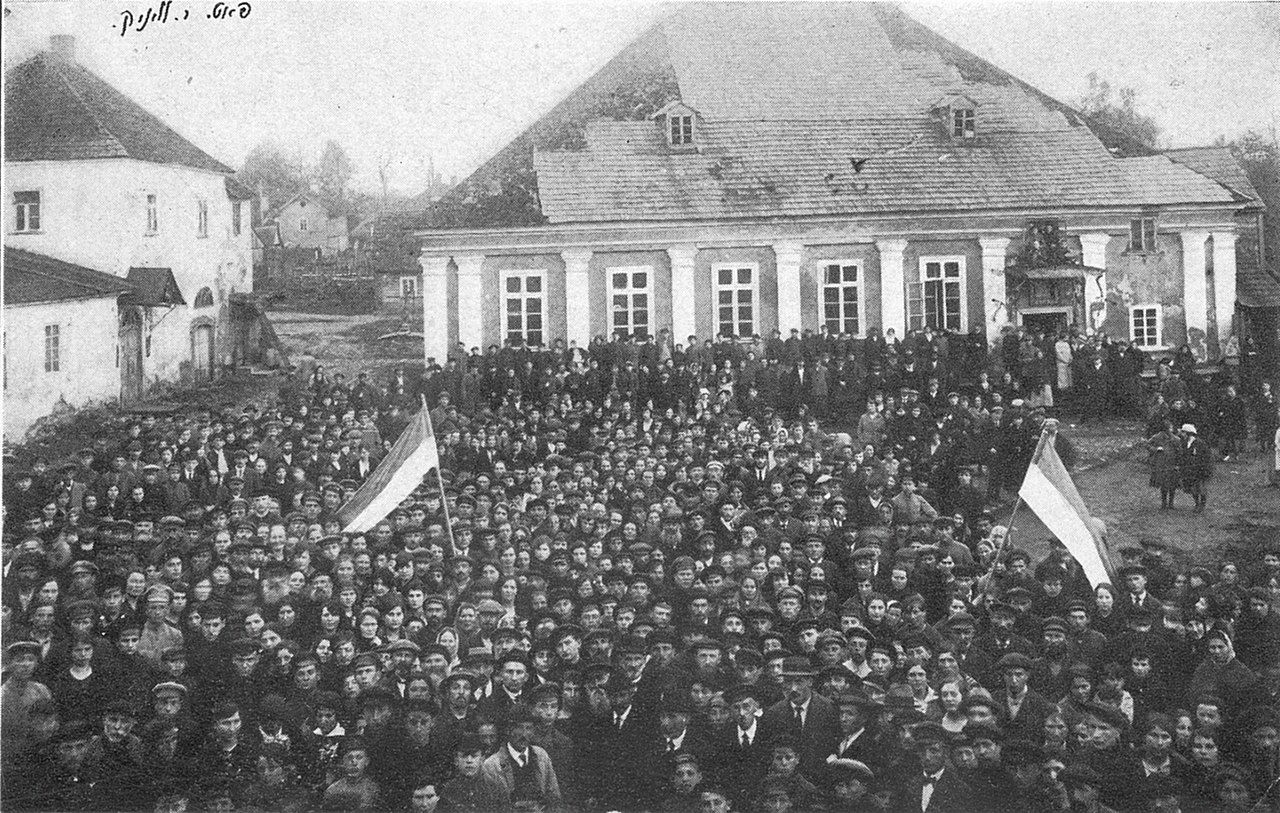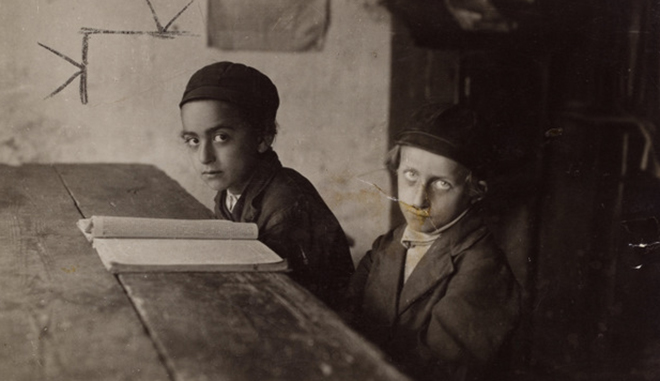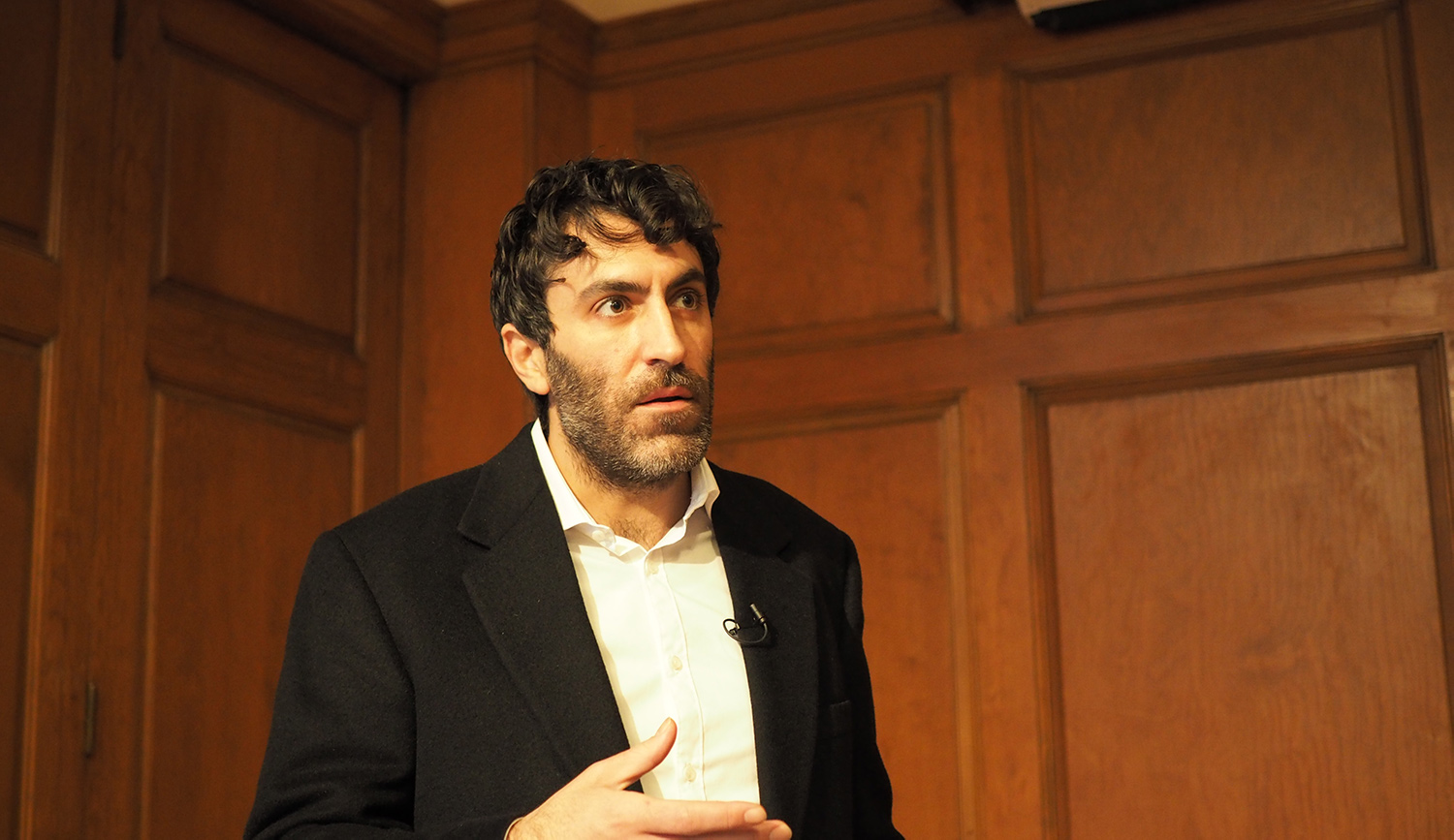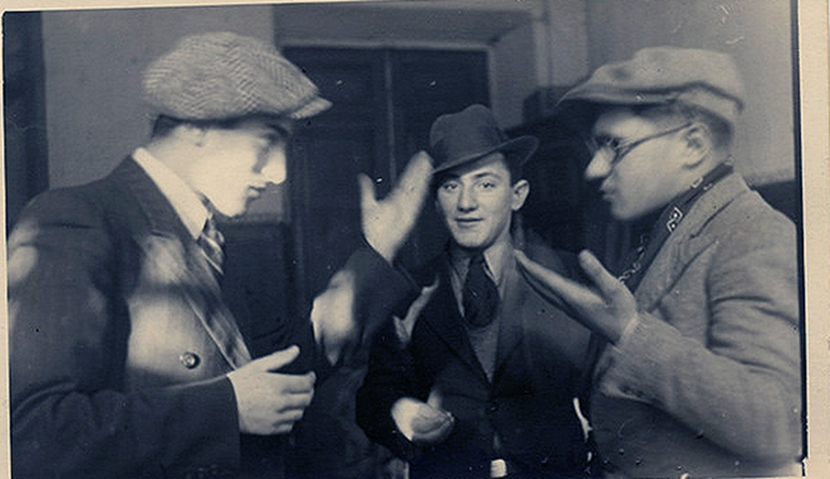Chaim Grade
And with the scope of Jewish, and human, existence.
The rebbe, the president, and the poet.
The ambivalent secularism of Chaim Grade’s quarrel.
A trove of Yiddish treasures.
Rabbis had figured previously in Yiddish literature, but they were usually secondary characters.
The dramas of Vilna in the 1920s are not so far removed from the dramas an Orthodox rabbi’s wife sees playing out in the 2020s.
The intimate, internal quarrel shows Jews doing what they have always done—but while they’re standing among people who have been dedicated to their murder.
The author of “My Quarrel with Hersh Rasseyner” was alienated from traditional religion not because of Orthodoxy in general but because of his yeshiva’s misanthropic separatism.
Hersh Rasseyner is inescapable. The guy-yelling-at-you figure reappears in each generation, going back to when even Moses pulled a “Hersh” for the entire book of Deuteronomy.
Mosaic and Ruth R. Wisse invite you to a special holiday dramatization of the classic Yiddish story.
How I came to translate one of the greatest stories in all of Yiddish literature, a work that I believe uniquely illuminates the debate at the very center of Jewish modernity.
Chaim Grade’s Christmas tree.
Post-Holocaust towns populated by biblical ghosts.
The Nazi center for Jewish research and the paper brigade.

